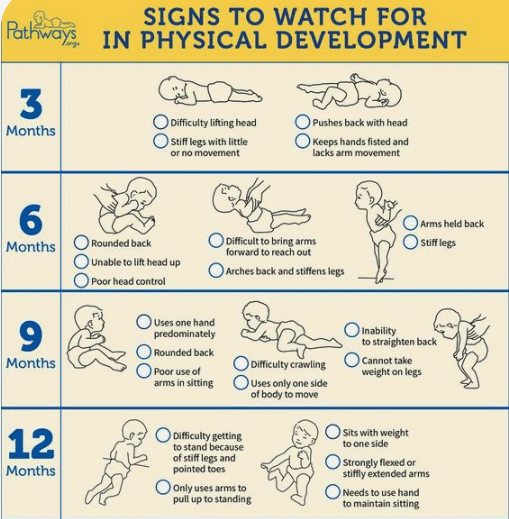Frog sitting can be associated with various neurodivergent conditions. Here are some of them:
- Autism Spectrum Disorder (ASD): Some children with ASD may adopt frog sitting as a preferred posture due to sensory sensitivities and comfort.
- Sensory Processing Disorder (SPD): Children with SPD may use frog sitting to regulate sensory input and find a comfortable position.
- Attention-Deficit/Hyperactivity Disorder (ADHD): Restlessness and difficulty focusing in children with ADHD can lead to them adopting unconventional positions like frog sitting.
- Hypermobility or Joint Laxity: Children with hypermobility may use frog sitting to compensate for joint instability.
- Anxiety or Sensory Overload: In stressful situations, neurodivergent children might resort to a frog sitting to self-soothe.
Consulting with healthcare professionals and occupational therapists can provide valuable insights and strategies for addressing this posture. Goally’s tablet, with its diverse apps, can aid neurodivergent children who frog sit by promoting essential life and language skills, emotional regulation, executive functioning, and social skills, enhancing their overall development.














